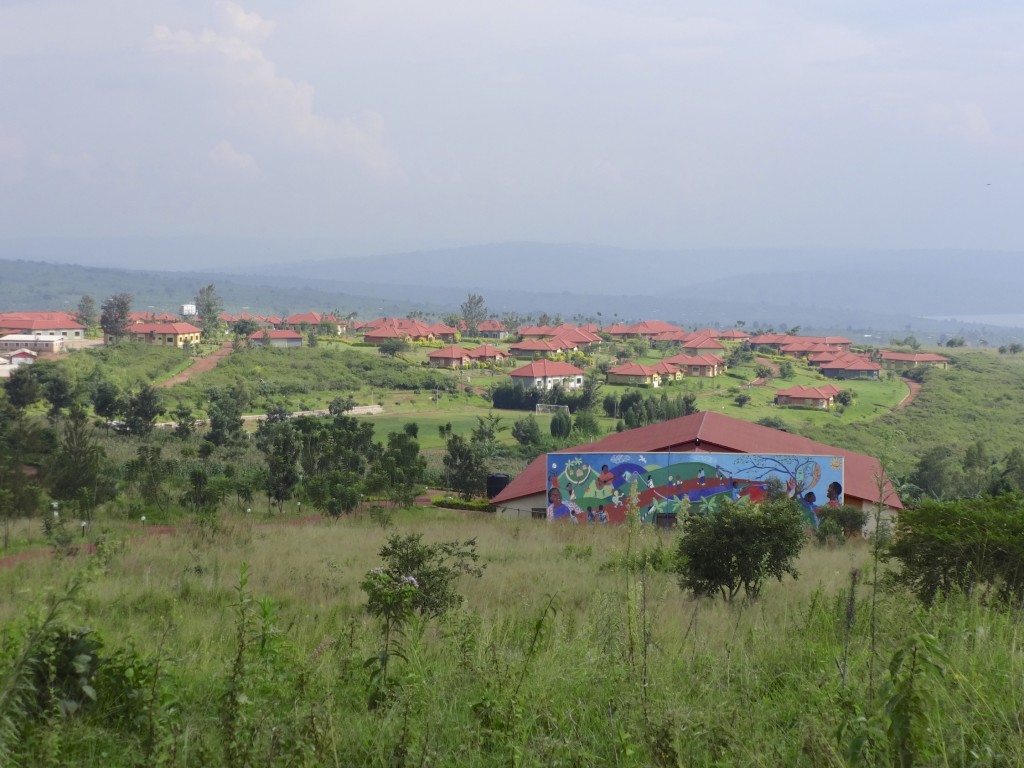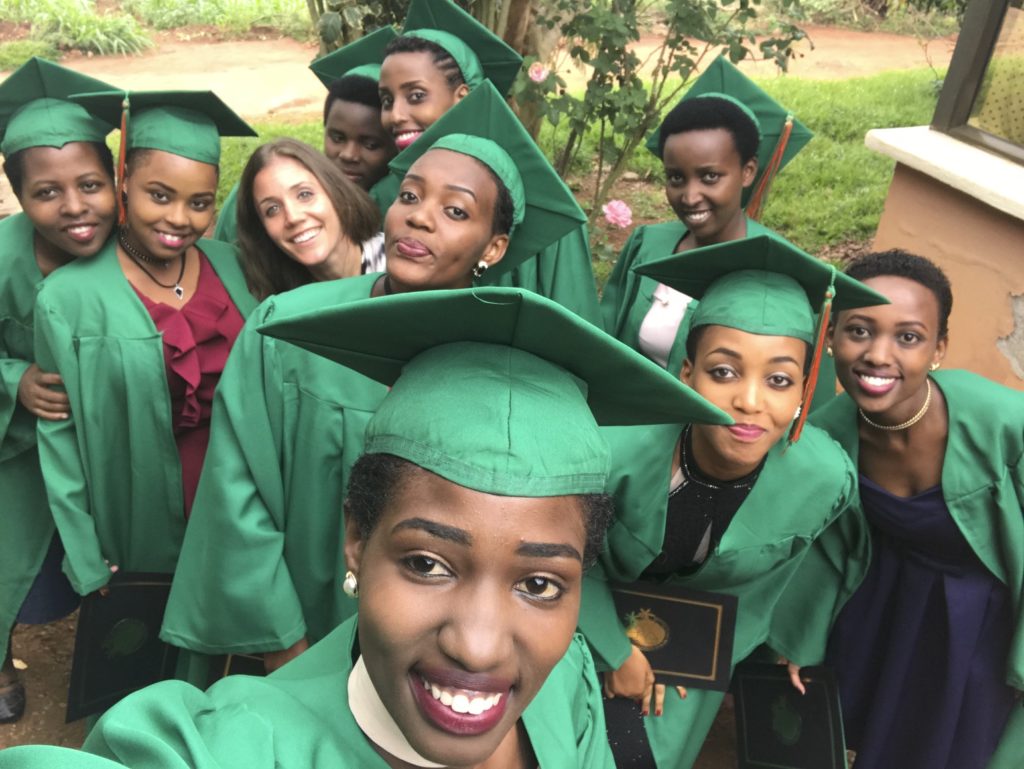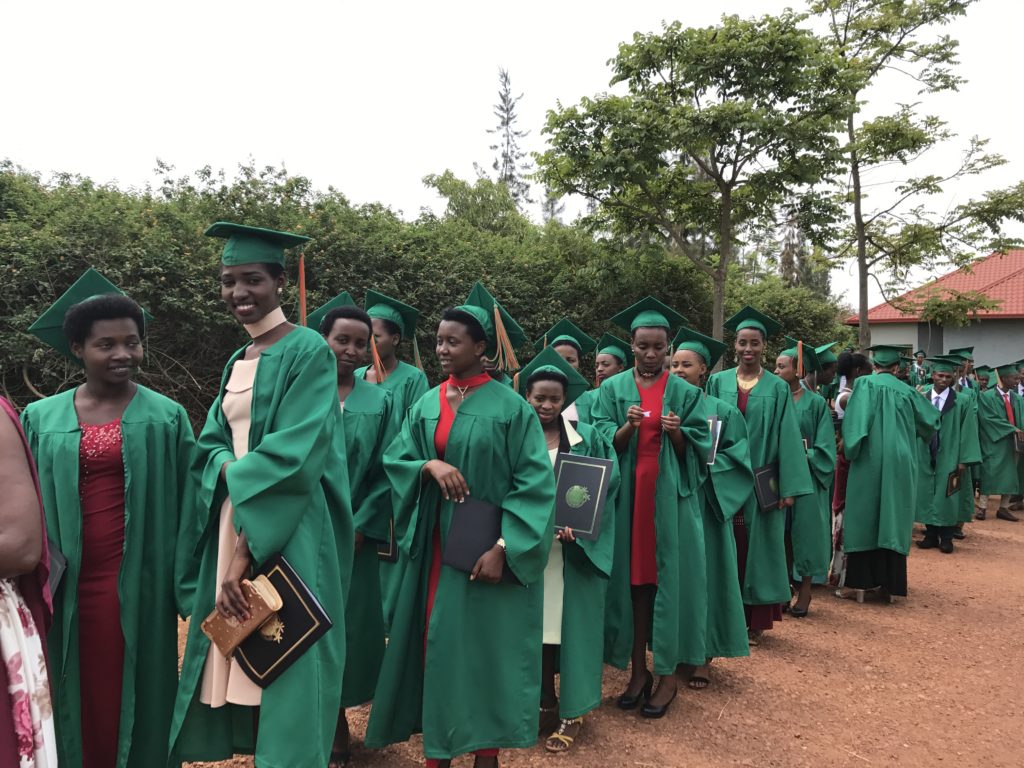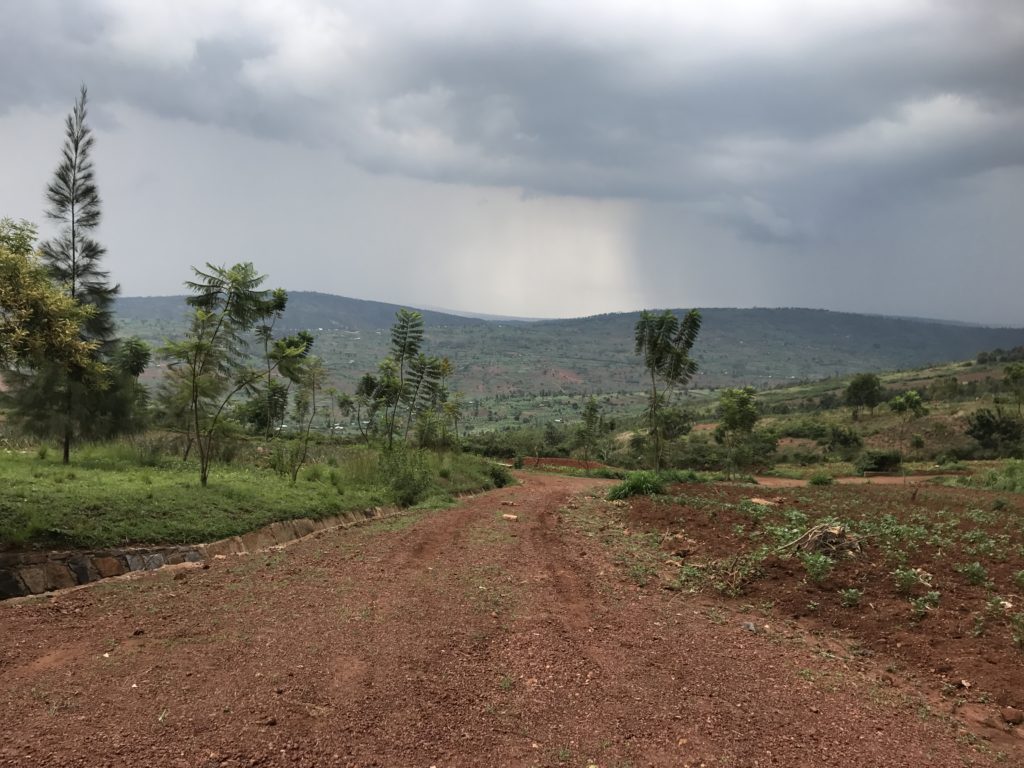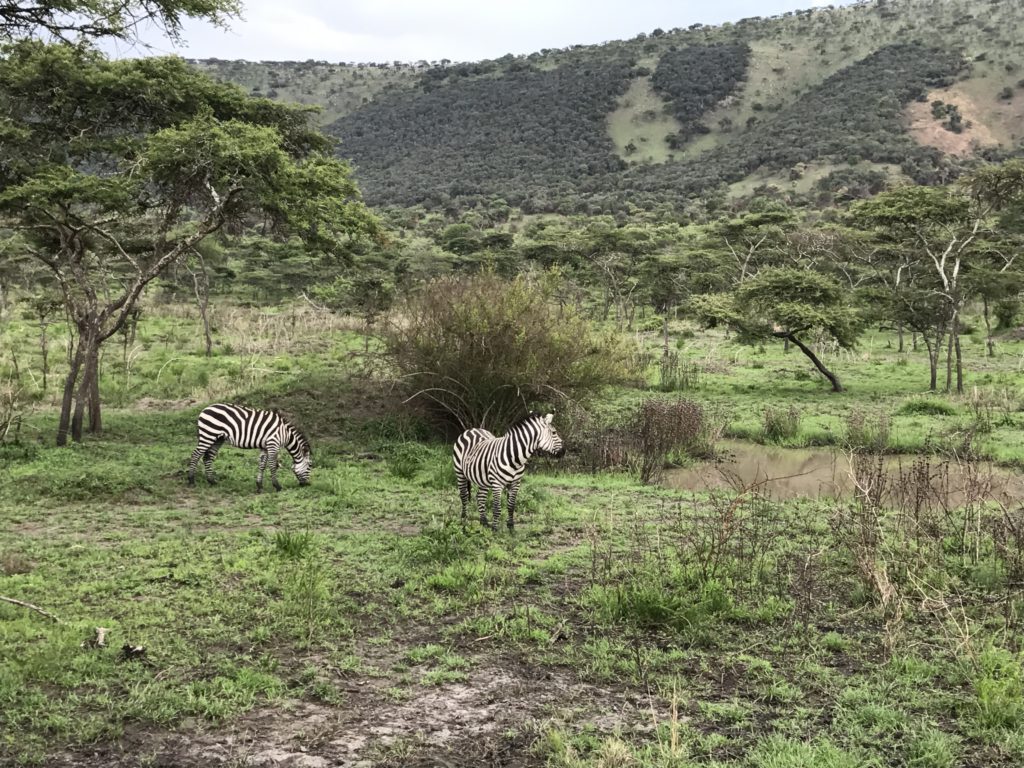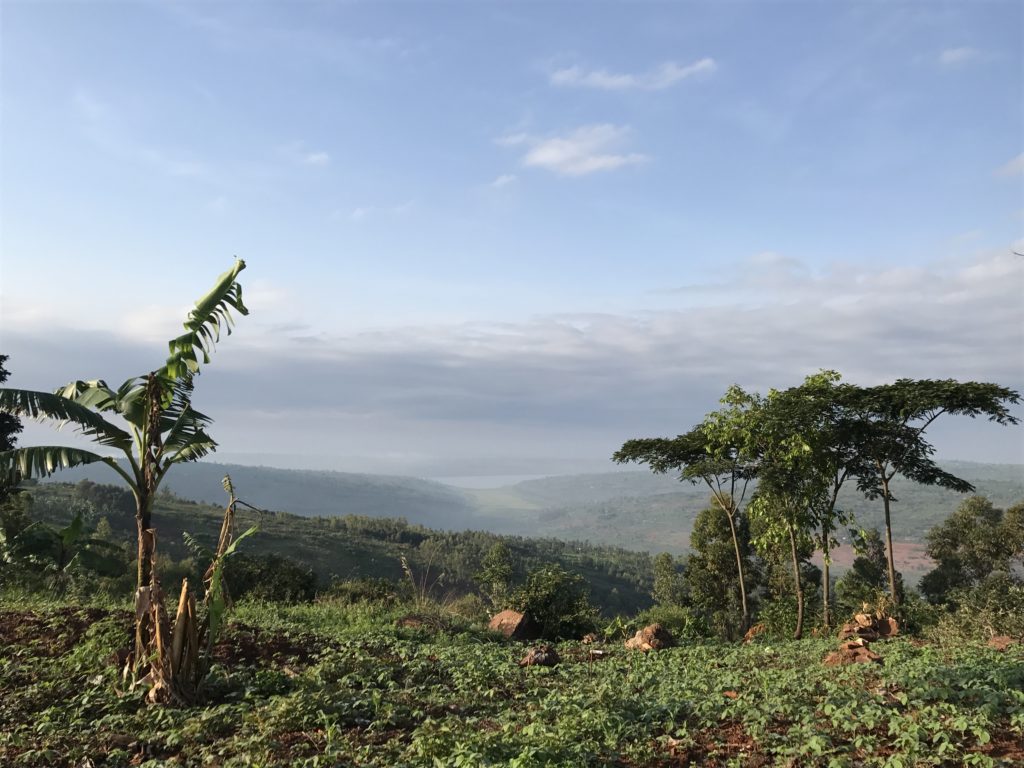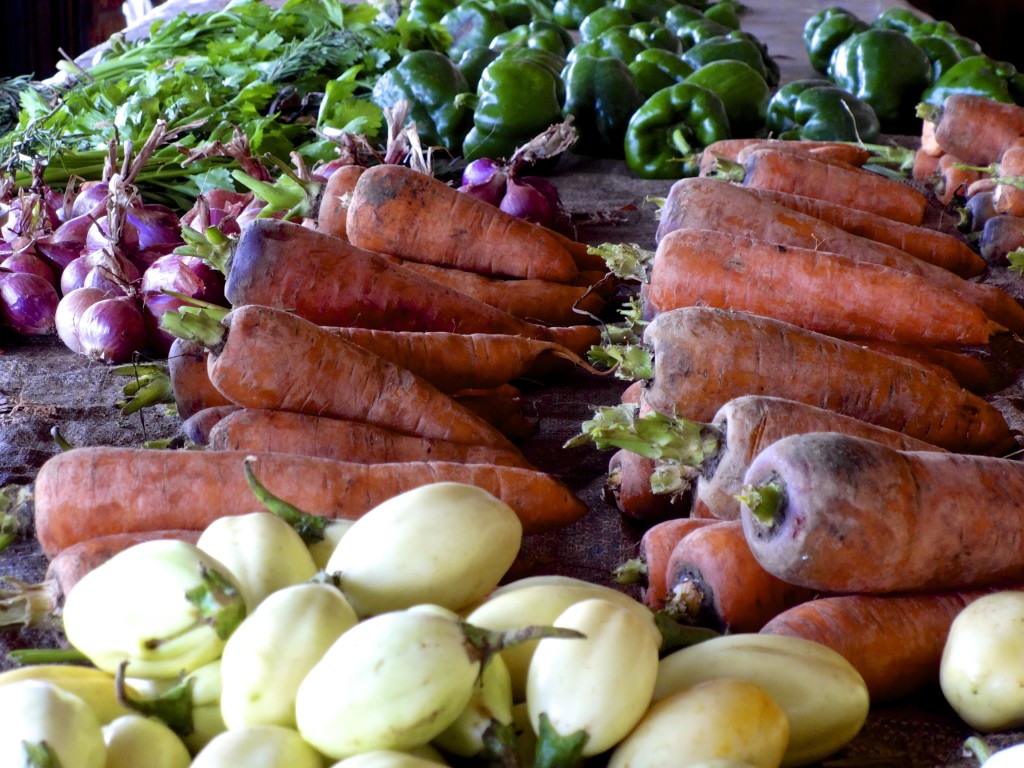I started practicing yin yoga along with my yang-style flows or vinyasa years ago. I was drawn to the quiet aspect of the practice. I found it to be a wonderful tool to gain greater insight into my own thought patterns and behaviors. I didn't practice to get better at the poses. I practiced to get better at dealing with life. So what is Yin? Yin and Yang, broadly speaking, are Taoist concepts. Yin relates to the calming and cooling side of yoga, whereas Yang is energetic. Yin is about acceptance and Yang is about change. This practice is a more passive approach than the traditional flow classes. It's not a physical workout, but it's certainly a mental workout. Yin poses focus on the lower body and are held typically for 3-5 minutes, though some could be held for 30! In Yin, you come into the pose at your appropriate edge, or that first level of resistance in your body. Hold the poses for a length of time and commit to stillness.
In a city like Miami where I live, a yin practice is essential.
Yin Hip Sequence
This video has been condensed to 12-minutes to give you flexibility for longer holds. If you're just getting started with yin, hold the poses for less time and work your way up to 4-5 minutes. Check out the sequence below.
Corpse Pose
Observe your breath + settle into your mat
Reclined Hamstring Stretch - Right Side
Place a strap around the sole of your right foot and lift the right leg toward the ceiling. Keep your shoulders relaxed
Reclined pigeon (figure 4)
Cross your right ankle just above your left knee. Keep your right foot flexed, toes pointing toward the right knee.
Tip: If you feel too tight to bring your legs toward your chest, keep them on the ground.
Apanasana (knees-to-chest)
Reclined Hamstring Stretch - Left Side
Place a strap around the sole of your right foot and lift the right leg toward the ceiling. Keep your shoulders relaxed
Reclined pigeon (figure 4)
Apanasana
Butterfly (reclined bound angle)
If your hips are tight, place blankets or blocks underneath your thighs for support.
Caterpillar (seated forward fold)
Tips: Bend the knees if your low back and hamstrings are tight. Place a bolster on top of your legs so that you can rest your head comfortably.
Shoelace (cow faced pose) - Right
Place the right knee on top of the left
Tips: Sit on a blanket to elevate the hips if you're knees are not stacks. Wedge a blanket in between your knees, and if it's still uncomfortable, straighten your left leg on the mat.
Swan/Sleeping Swan (aka pigeon)
Shift the right leg back
Find balance in the hips, use a bolster or blanket if needed. Alternative you can lay down on your back and do Figure 4 again.
Downward Dog and Childs Pose
Shoelace (left knee on top) - Left
Swan/Sleeping Swan (aka pigeon)
Shift the left leg back. Find balance in the hips, use a bolster or blanket if needed
Downward Dog + Childs
Sphinx/Seal
Twisted Root (both sides)
Cross your right thigh over the left and wrap your right foot around your left calf (eagle legs).
Corpse Pose
If you're in Miami, visit my public Yin classes. To learn more about yin, check out Bernie Clark's Yin Yoga or Sarah Powers' Insight Yoga.
Love and Peace.
xoxo, Sam
Note: Not all yoga poses work for every body. If you have any injuries, please check with your doctor before beginning.



